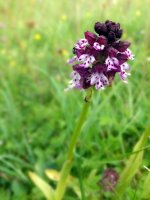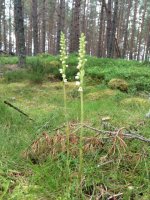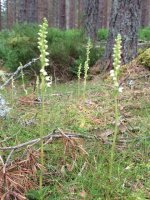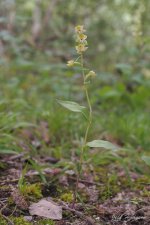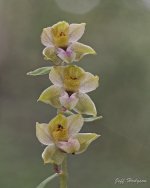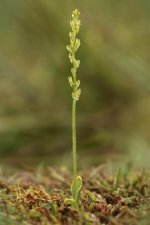ionh
Well-known member
Ladle burnts
I found plants pretty much all the way round the perimeter bank on Saturday, from Steve's locations at "9 o'clock", round the south flank to "3 o'clock". En route to an appointment with bog orchid, so i didn't explore the interior (or comb through for frogs). Didn't do a formal count, either, but a 'wet finger in the air' estimate was approaching 100 burnts -- as Simon says, a huge improvement over a couple of years back, when badly timed sheep grazing stripped everything pretty bare.
Definitely on that side of the fort, and main bunch (31 in larger oval) were on a bank that ran into the fort, rather than the perimeter earthworks. There were a couple of pink flowered Frogs there too, very much like we found at Pewsey. A smaller group of 5 were on the inside bank of the perimeter walls. These were notable on that the white was flushed purple at the edges.
I found plants pretty much all the way round the perimeter bank on Saturday, from Steve's locations at "9 o'clock", round the south flank to "3 o'clock". En route to an appointment with bog orchid, so i didn't explore the interior (or comb through for frogs). Didn't do a formal count, either, but a 'wet finger in the air' estimate was approaching 100 burnts -- as Simon says, a huge improvement over a couple of years back, when badly timed sheep grazing stripped everything pretty bare.




